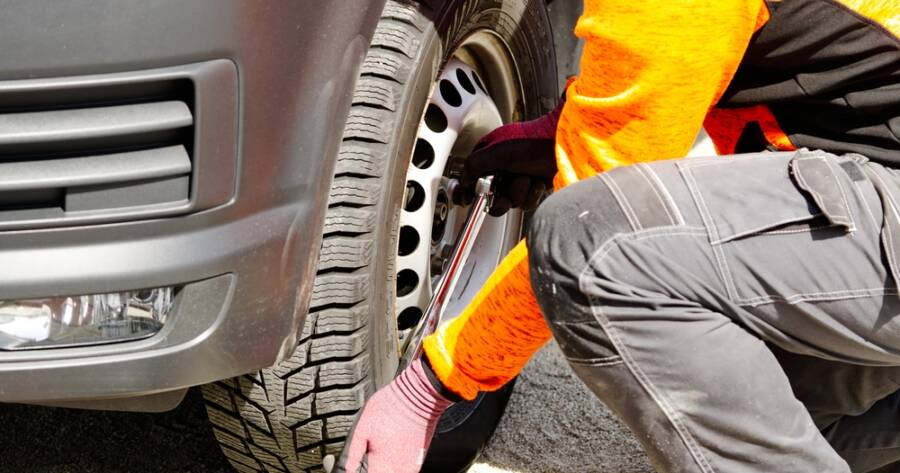Owning a car is convenient—but it can also be expensive. Between gas, insurance, and regular upkeep, the costs can add up quickly. The good news? Many of the most common maintenance tasks don’t require a mechanic’s expertise or a shop visit. With a few basic tools, a bit of time, and the right know-how, you can handle routine car care yourself and save hundreds of dollars each year.
If you’re a cost-cutting car owner looking to reduce your auto expenses without cutting corners on safety or performance, these DIY car maintenance tips are for you.
Change Your Own Oil and Oil Filter
Professional oil changes typically cost $50–$100, especially if synthetic oil is used. Doing it yourself can cut that in half—or more. A jug of quality motor oil and a new filter often cost under $30 total.
To change your oil, you’ll need a basic wrench set, an oil filter wrench, a drain pan, and a funnel. Park on a level surface, let the engine cool, drain the old oil, replace the filter, and pour in fresh oil. It takes about 30–45 minutes once you’ve done it a couple of times, and it can extend the life of your engine significantly.
Savings: Up to $200/year if done every 5,000 miles
Replace Your Air Filters
Your engine air filter and cabin air filter both play important roles—one keeps your engine breathing clean, and the other keeps you breathing clean. Replacing them at the shop can cost $40–$80 each, but you can usually do it yourself for under $20 per filter.
Most cabin and engine filters are easy to access, with no tools required. Your owner’s manual will tell you exactly where to find them and how to swap them out.
Savings: $60–$150/year depending on replacement frequency
Rotate Your Tires at Home
Tire rotation helps your tires wear evenly, improving performance and extending lifespan. Shops charge around $25–$50 for this, but if you have a jack, a lug wrench, and a little patience, you can do it at home.
The basic rule is to rotate tires front-to-back and crisscross (if non-directional) every 5,000 to 7,500 miles. It’s a bit more effort than other DIY tasks, but when combined with proper tire inflation and alignment checks, it can prevent the need for early tire replacements.
Savings: $100–$200/year and potentially more in extended tire life
Replace Windshield Wipers Yourself
Wiper blades wear out faster than you think—especially if you live somewhere with a lot of rain or snow. At an auto shop, replacement can cost $40 or more. Buy the blades yourself and follow the simple instructions (usually printed on the packaging or available online). It’s a 5-minute fix that’s easy to do right in your driveway.
Savings: $30–$60/year
Keep Your Battery in Top Shape
Battery issues are a common (and costly) surprise. Checking the terminals for corrosion, cleaning them with a wire brush and baking soda solution, and ensuring a tight connection can help extend battery life and prevent no-start situations.
A basic multimeter (under $20) can also help you test voltage levels at home to monitor your battery’s health before it dies unexpectedly. Replacing a battery before failure can save on towing costs and emergency fees.
Savings: $50–$150 in avoided service calls or premature battery replacement
Check and Top Off Fluids
You don’t need a mechanic to keep your fluids in check. Engine oil, brake fluid, coolant, windshield washer fluid, and transmission fluid can all be inspected and topped off easily. Your owner’s manual will tell you where each reservoir is and what type of fluid to use.
Keeping fluids at optimal levels helps your car run smoothly and prevents long-term damage that could cost thousands.
Savings: Variable, but it can prevent much costlier repairs down the road
Keep an Eye on Tire Pressure
It might sound basic, but proper tire inflation affects everything from fuel economy to tread wear to safety. Invest in a tire pressure gauge (under $10) and check once a month. Many gas stations also offer free air stations—or you can pick up a portable air compressor for home use.
Keeping your tires at the recommended PSI can save you money on gas and help avoid premature tire replacements.
Savings: Up to $100/year in fuel and tire wear
Small Efforts, Big Savings
Maintaining your car doesn’t have to mean shelling out cash every time something needs attention. By learning to tackle basic upkeep tasks yourself, you can take better care of your vehicle, prevent bigger issues down the line, and save hundreds each year.
Start with the simple tasks, build confidence, and gradually take on more. Not only will you save money—you’ll also get to know your car better and drive with greater peace of mind.

